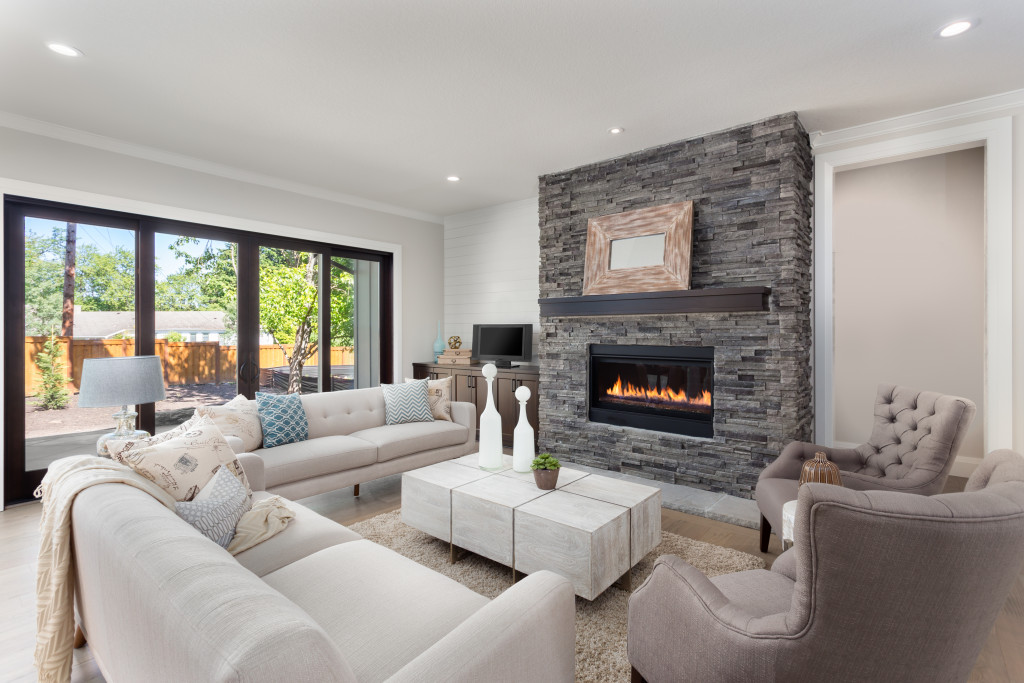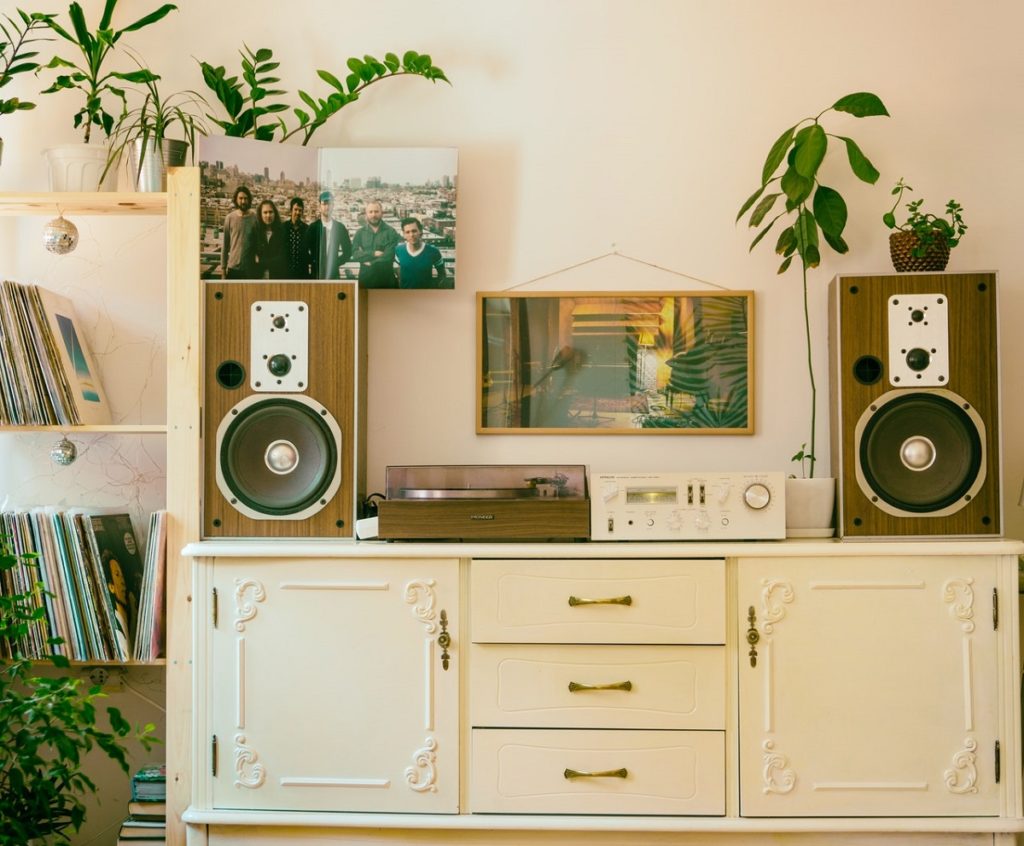After a long day at work, don’t you want to lie down on the sofa, prop your head on soft pillows, and raise your legs on the sofa’s arms? Life has been stressful lately that all we can think about once we get home is how to relax and make ourselves comfortable. Forget about cleaning and fixing the laundry, huh? Studies showed, however, that a clean home makes for a relaxing home and a well-designed home improves the quality of the owners’ lives.
How did that happen? How come the quality of the homes is so connected with your lives and health? Funny enough, people don’t realize that homes should be sanctuaries. They’ve been so used to seeing homes as simply places where they sleep that they don’t mind that it’s dirty, messy, and cluttered.
You still don’t believe that any improvements in your home lead to an improvement in your health and quality of life? Take a look at your bathroom. When was the last time you actually soaked in the tub for a good 30 minutes? Never. Why is that? You don’t have a tub? Sure, that’s okay. How about a steam shower? Or, don’t you just want to stay in your bathroom because there’s nothing there that makes you want to stay? There’s no tub, no steam shower, no vanity table, and no dressing area.
Functional Spaces
Even in your bathroom, the space needs to be functional. It’s not only for taking long showers and brushing your teeth. More than anything else, the bathroom is a place to relax. Call bathroom fitters and tell them what you are envisioning for your bathroom. Maybe they can do something about the space so you can squeeze in a tub or even a vanity table. Can they change the layout for a dressing area? These fitters are great with spaces—big or small—so that you can trust them with your ideas.
Practical Layout
A home needs the layout to be practical so the dwellers can move through rooms fluidly. There should be no obstructions and hindrances. The design should be responsive to the needs of those who live there. Does an open floor layout work better for the kind of job you do at home? If you are working from home, for example, you should find a small corner in the living room or even your basement or garage where you can work. It’s all about having the right layout.

Relaxing Environment
Your home should be your solace. It should be the one place in the world where you feel safe, relaxed, and comfortable. A relaxing home improves one’s health. It allows you to de-stress and decompress after a long day at work. That’s why home designers are recommending large houseplants and succulent plants for homes. The presence of these houseplants not only purifies the air inside your homes, but they are also relaxing to look at.
Ergonomics
You’ve heard about ergonomics in furniture. This is not that. Ergonomics at home talk about the design and arrangement of things, so that the dwellers can interact with and use them properly and efficiently. The layout and design of the home should be better suited for human use. The designers should take into consideration how the space will be used by the residents, so that the movements will flow fluidly.
Adaptability
A home should know how to adapt to the users’ expectations and demands. When the pandemic happened last year, most homeowners have had to stay at home for work. What they realized is that their homes are not suitable for a work-from-home setup. Even those with extra rooms to spare as a home office found it hard to concentrate and avoid distractions. This is why a home design’s adaptability is important. One example is to have movable walls, so residents can open up a space for gatherings or close them for more privacy.
Energy Efficiency and Sustainability
Not only should residents start caring more about environmental sustainability, but an energy-efficient home will also reduce the operating costs of the home’s upkeep. The conscious approach to energy use will improve the quality of life of the home’s dwellers because they are going to be more in tune with nature. On top of that, they are going to save a ton of money because of the ecological conservation of their home’s design.
It is never too late to begin understanding the advantages of your home’s design to your overall health. There is always an opportunity to redesign, renovate, and rebuild one’s home according to your present needs and future demands. In short, your home should complement your lifestyle—where you are right now and where you will be in the future.
